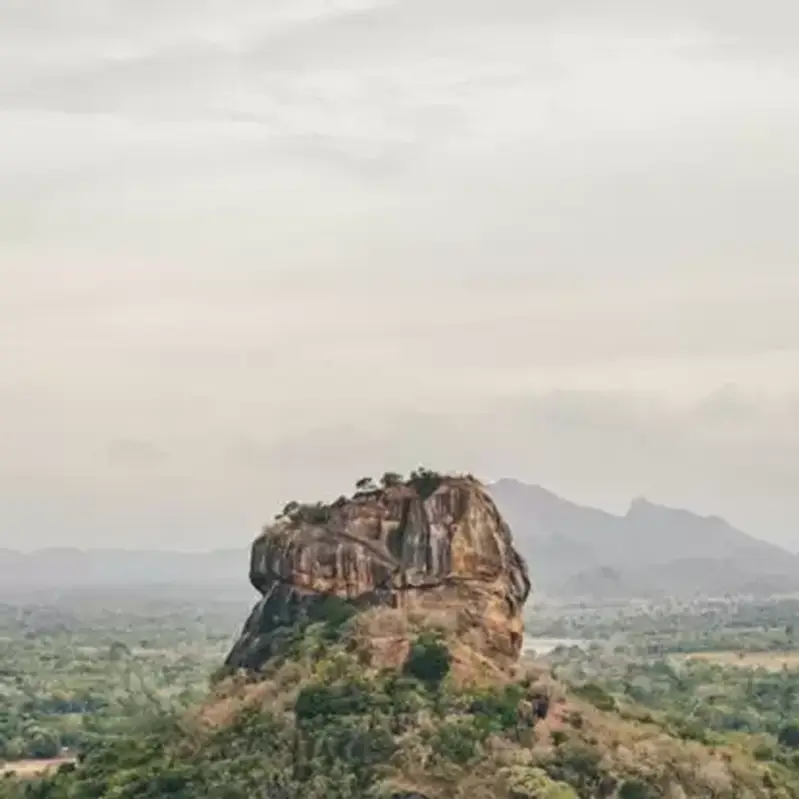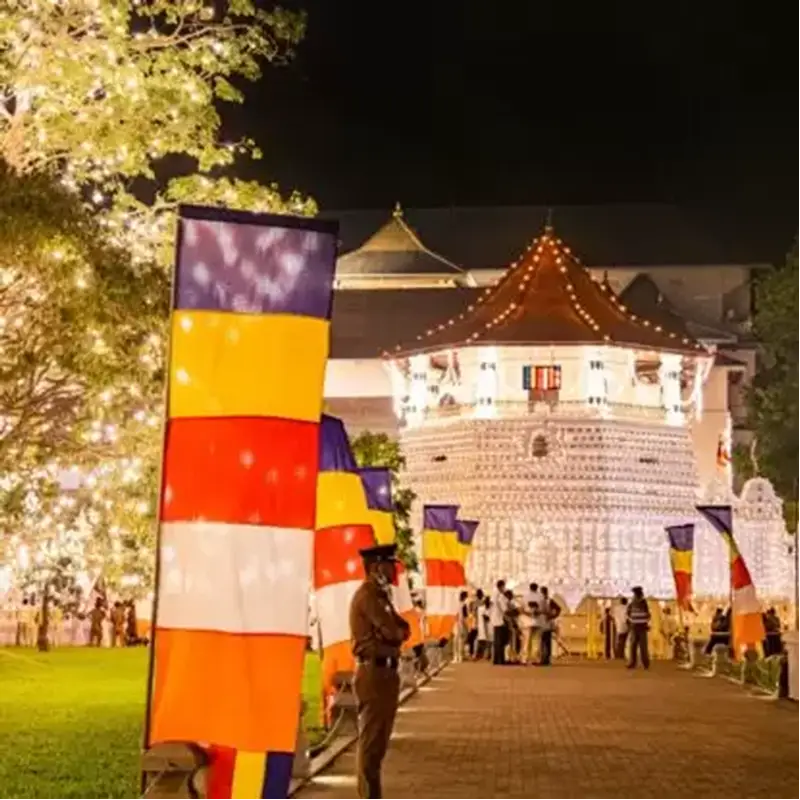Polonnaruwa, the second historical capital of Sri Lanka, boasts impressive ruins, including the majestic
POLONNARUWA
UNESCO World Heritage Polonnaruwa, nestled in Sri Lanka’s Cultural Triangle, bears the rich heritage of ancient Ceylon. Established as the island’s capital in the 11th century, it thrived under King Parakramabahu’s rule, attaining architectural splendor and cultural vibrancy. The city’s UNESCO-listed ruins showcase remarkable craftsmanship, epitomized by the majestic Gal Vihara, with its colossal Buddha statues carved from solid rock.
The Royal Palace complex and the sacred Quadrangle evoke a sense of grandeur and spiritual reverence. Polonnaruwa’s irrigation marvels, like the vast Parakrama Samudra reservoir, reflect the engineering prowess of its era. Today, it stands as a testament to Sri Lanka’s glorious past, inviting visitors to explore its timeless wonders.

Most Popular Tourist Places
PLACES OF EXPLORING

The Royal Palace
Explore the ancient Royal Palace complex in Polonnaruwa. It’s Marvel at the architectural remnants of the Sinhalese kings’ residence, rich in historical significance and cultural heritage.
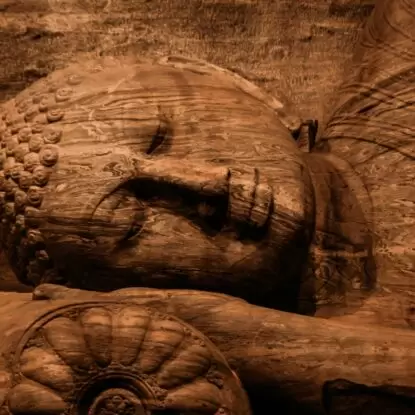
Gal Vihara
Gal Vihara is a revered site in Polonnaruwa, Sri Lanka, featuring four majestic Buddha statues carved from granite rock, showcasing exquisite ancient Sinhalese craftsmanship.

Hatadage
Hatadage, an ancient relic shrine in Polonnaruwa, once enshrined the Sacred Tooth Relic of the Buddha during the Polonnaruwa period, showcasing rich cultural heritage.
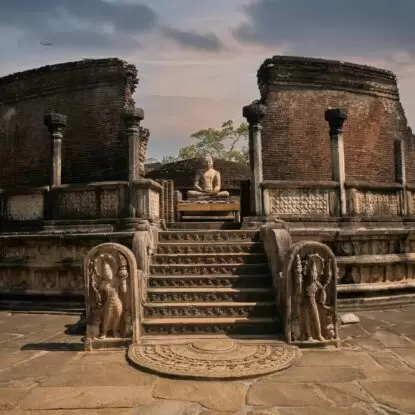
Vatadage
The Polonnaruwa Vatadage is a circular relic house in Polonnaruwa. It once enshrined the Sacred Tooth Relic of the Buddha, featuring intricate stone carvings and unique architecture.
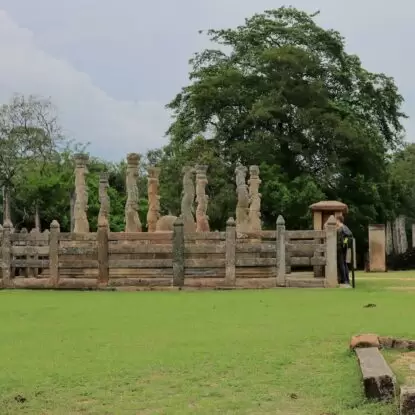
Nissanka Latha Mandapaya
Nissanka Latha Mandapaya, an ancient pavilion in Polonnaruwa, features intricately carved stone pillars and a lotus-shaped platform, offering a glimpse into Sri Lanka’s rich architectural heritage.

Lankathilaka Viharya
This is located in Sri Lanka, is a magnificent Buddhist temple known for its towering image of Lord Buddha, stunning architecture, and intricate carvings dating back to the 14th century..
Most Popular Tourist Places
PLACES OF EXPLORING

The Royal Palace
Explore the ancient Royal Palace complex in Polonnaruwa. It’s Marvel at the architectural remnants of the Sinhalese kings’ residence, rich in historical significance and cultural heritage.

Gal Vihara
Gal Vihara is a revered site in Polonnaruwa, Sri Lanka, featuring four majestic Buddha statues carved from granite rock, showcasing exquisite ancient Sinhalese craftsmanship.

Hatadage
Hatadage, an ancient relic shrine in Polonnaruwa, once enshrined the Sacred Tooth Relic of the Buddha during the Polonnaruwa period, showcasing rich cultural heritage.

Vatadage
The Polonnaruwa Vatadage is a circular relic house in Polonnaruwa. It once enshrined the Sacred Tooth Relic of the Buddha, featuring intricate stone carvings and unique architecture.

Nissanka Latha Mandapaya
Nissanka Latha Mandapaya, an ancient pavilion in Polonnaruwa, features intricately carved stone pillars and a lotus-shaped platform, offering a glimpse into Sri Lanka’s rich architectural heritage.

Lankathilaka Viharya
This is located in Sri Lanka, is a magnificent Buddhist temple known for its towering image of Lord Buddha, stunning architecture, and intricate carvings dating back to the 14th century..



